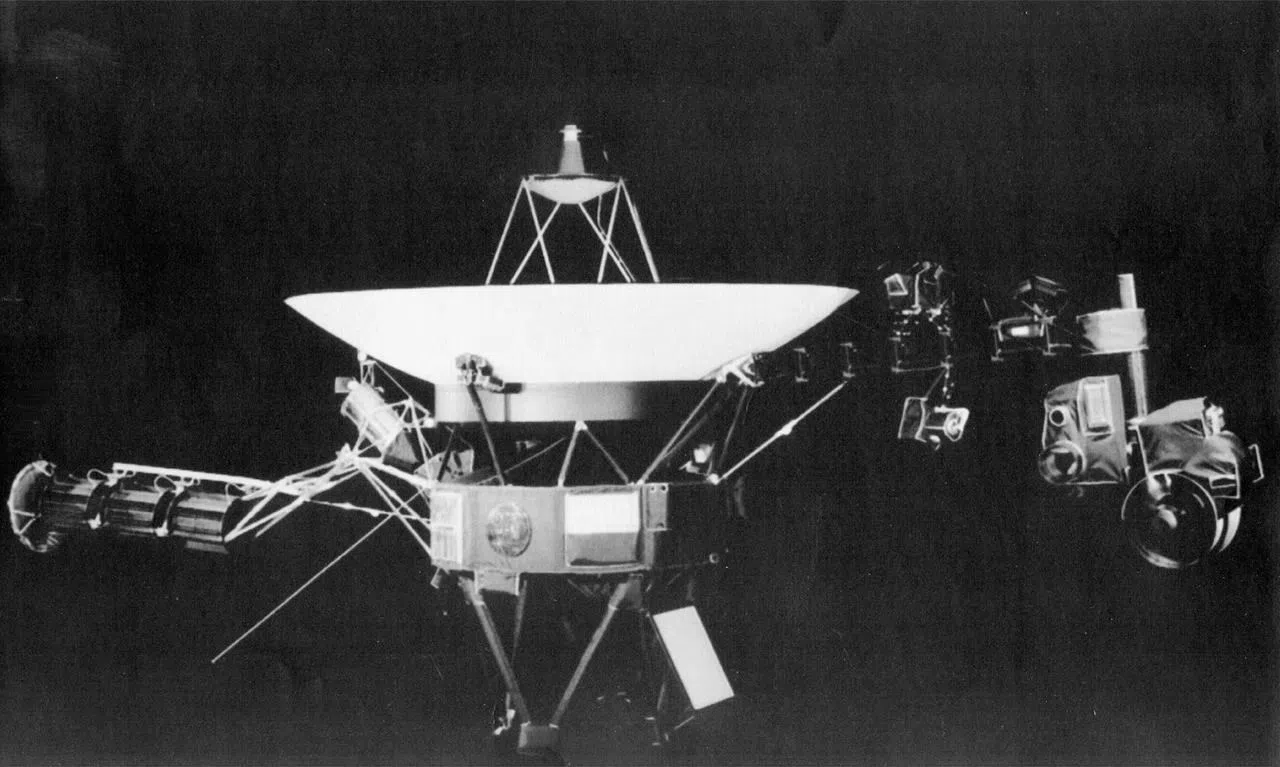
NASA’s Voyager 2 becomes 2nd craft in interstellar space
WASHINGTON — NASA’s Voyager 2 is now the second human-made object to zip away from the sun into the space between the stars.
Voyager 2 last month exited “this bubble that the sun creates around itself,” longtime NASA mission scientist Ed Stone said Monday. The spacecraft is now beyond the outer boundary of the heliosphere, some 11 billion miles (about 18 billion kilometres) from Earth.
It’s trailing twin Voyager 1, which reached interstellar space in 2012 and is now 13 billion miles (21 billion kilometres) from Earth. Interstellar space is the vast mostly emptiness between star systems.
Even though they are out of the sun’s bubble, the Voyagers are still technically in our solar system, NASA said. Scientists maintain the solar system stretches to the outer edge of the so-called Oort Cloud. It will take about 30,000 years for the spacecraft to get that far.


